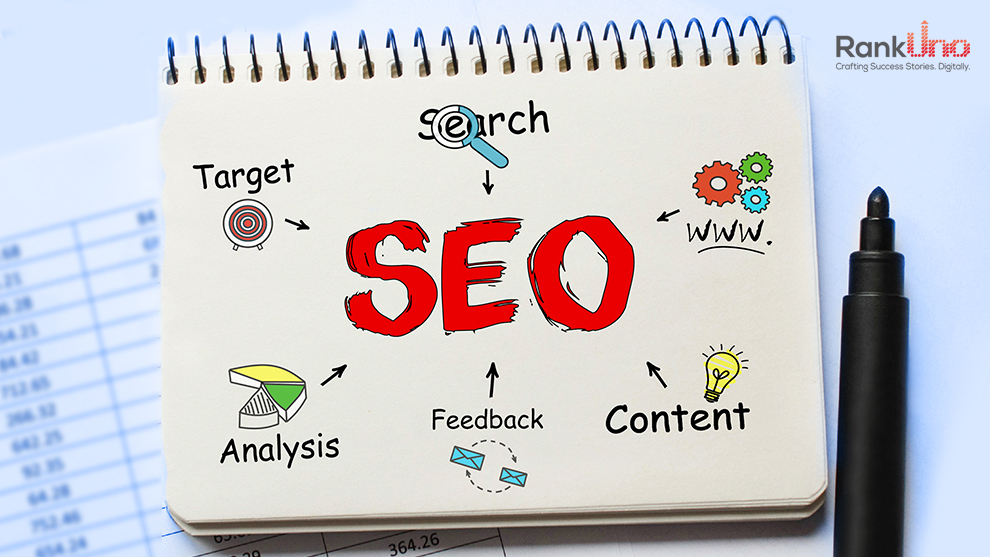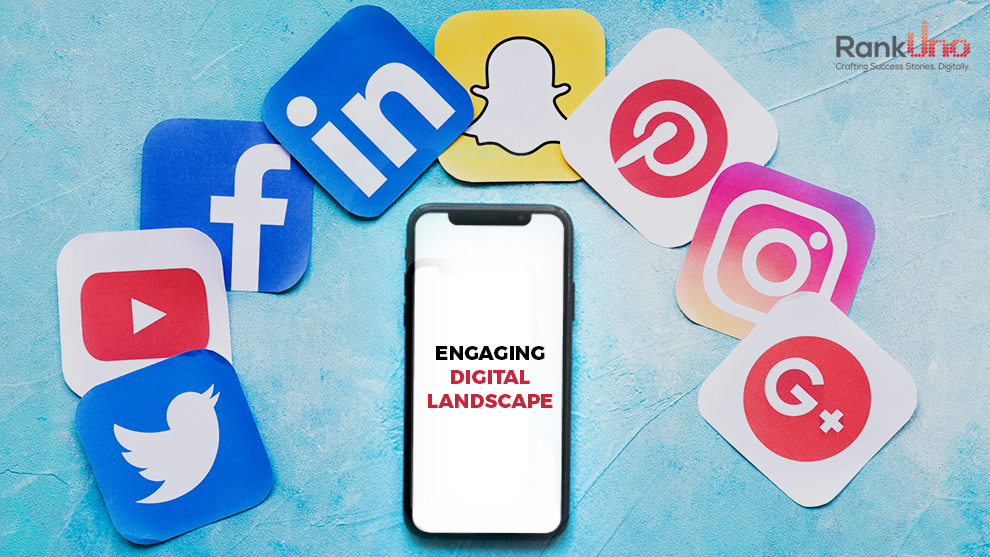In today’s digital landscape, the internet is flooded with an overwhelming amount of content incessantly. Consider this – over 2.5 quintillion bytes of data are created every day. Pause for a moment and let that sink in. It is an astronomical figure, almost beyond comprehension. In such an ecosystem, the real challenge for businesses is not just producing content but breaking through the din to effectively reach their target audience.
With fleeting attention spans and fierce competition, the necessity of high-quality, informative, and user-centric content within digital marketing strategies is apparent. Gone are the days when generic, one-size-fits-all marketing messages could capture the hearts and minds of consumers. Today’s savvy audiences demand more—they crave content that speaks directly to their needs, solves their problems, and resonates with their interests. They have become adept at filtering out irrelevant content and seeking only what is valuable and meaningful to them. As a result, businesses must rise to the challenge of delivering content that not only captures attention but also adds tangible value to the consumer experience.
Understanding user-focused content
User-focused content is not just good to have anymore; it is a must-have. But what exactly does it mean? User-focused content is about tailoring your message to meet the specific needs, problems, and interests of your target audience. It requires a deep understanding of your audience’s demographics, preferences, and pain points. By demonstrating empathy and insight into your users’ world, you can create content that resonates and retains their interest.
Imagine you’re a traveler seeking information about your next destination. Would you engage with generic travel guides that offer vague insights, or would you prefer content that addresses your exact queries, concerns, and desires? This analogy underscores the essence of user-focused content—it is about meeting users where they are, understanding their needs, and delivering value that truly matters to them.
When you put yourself in your audience’s shoes, you gain invaluable perspective that enables you to tailor your content in a way that resonates deeply. Whether it’s addressing common pain points, providing solutions to their challenges, or simply offering a fresh outlook, empathetic content fosters a genuine connection with your audience—a connection that goes beyond regular marketing’s transactional nature.
The power of information in content strategy
The power of information cannot be overstated in content strategy. Information-rich content not only educates and informs but also positions a brand as a thought leader in its industry. Take, for instance, HubSpot’s blog, which offers a wealth of educational content on marketing, sales, and customer service. By providing valuable insights and practical advice, HubSpot has established itself as a trusted resource for marketers worldwide, thus building credibility and brand loyalty.
How does informative and user-centric content integrate seamlessly into broader digital marketing efforts?
Integrating informative and user-centric content into your digital marketing efforts isn’t just about driving traffic and conversions—it is about building trust, credibility, and authority, all of which are key components of Google’s E-E-A-T (experience, expertise, authoritativeness, and trustworthiness) framework.
SEO
Prioritizing E-E-A-T in your content strategy helps you improve your search engine rankings and organic traffic and enhances your brand’s reputation and credibility in the eyes of both users and search engines. Google’s algorithms prioritize content that satisfies user intent and answers user queries.

Social media
Such content fuels social media interactions by giving users something meaningful to engage with and share. A prime example is Airbnb’s “Experiences” platform, which features informative guides and articles about travel destinations. Airbnb not only enhances its brand image but also fosters community engagement and social sharing by curating content that inspires and informs travelers.

Email marketing
Informative content also benefits email marketing campaigns, as it provides valuable resources for nurturing leads and guiding them through the sales funnel. Businesses can increase open rates, click-through rates, and ultimately, conversions by delivering targeted content tailored to the recipient’s interests and pain points.
User experience (UX)
User-centric content plays a crucial role in improving UX across digital platforms. Whether it’s a website, mobile app, or social media platform, providing informative and engaging content enhances usability and encourages users to spend more time interacting with your brand.
Measurable benefits – Engagement and conversions
The quantifiable benefits of well-crafted content are undeniable. Studies have shown that businesses that prioritize content marketing experience higher engagement and conversion rates than those that don’t. For example, a study by the Content Marketing Institute found that content marketing generates three times as many leads as traditional outbound marketing, at a fraction of the cost.
User-centric content not only attracts visitors to your site but also keeps them engaged and interested, reducing bounce rates and increasing the likelihood of conversion. For instance, a skincare brand that creates in-depth guides on different skin types, common problems, and personalized skincare routines ensures its visitors find this content informative and valuable. These visitors are more likely to explore the site further, browse product offerings, and eventually make a purchase. The brand not only enhances the user experience but also drives conversions and builds long-term customer loyalty by providing relevant and engaging content.

Overcoming obstacles
Of course, creating standout content isn’t without its challenges:
Lack of audience insight – Without a deep understanding of your target audience’s demographics, preferences, and behaviors, creating content that resonates and engages effectively is challenging.
Content saturation in specific niches – In highly competitive industries or niche markets, standing out amidst the sea of content can be daunting. It requires creativity, innovation, and a unique value proposition to capture the audience’s attention.
Difficulty in measuring ROI – Measuring the effectiveness and impact of content marketing efforts can be complex, especially when attributing conversions and ROI directly to content. Utilizing analytics and tracking tools is essential for gaining insights into content performance and optimizing strategies accordingly.
Businesses can overcome these obstacles and succeed in their content marketing efforts by adopting actionable strategies and leveraging available tools and resources.
One such strategy is to use analytics to gain better insights into your audience’s behavior and preferences. Businesses can track metrics such as page views, bounce rates, and time on page to identify which content resonates most with their audience and tailor their strategy accordingly.
Another key step for businesses is to embrace innovative content formats such as interactive content, video, and podcasts to stand out in a crowded marketplace. These formats not only capture the audience’s attention but also provide unique opportunities for engagement and interaction.
Maximizing digital impact requires a strategic approach to content creation that prioritizes informativeness, user-centricity, and innovation. Businesses can enhance their online presence and achieve their marketing objectives in today’s competitive landscape by understanding the needs and interests of their target audience, delivering valuable content across digital channels, and measuring the impact of their efforts. Top of Form
To maximize the impact of your digital marketing strategy, reach out to us at info@rankuno.com.





